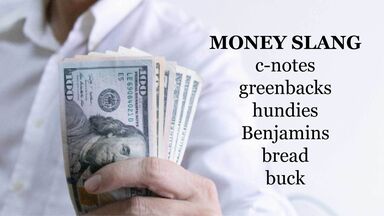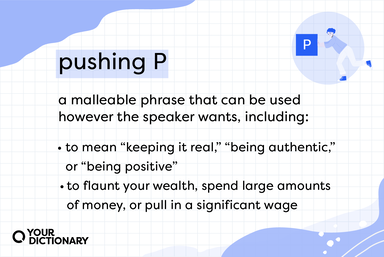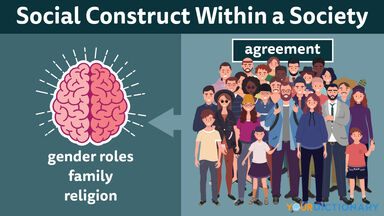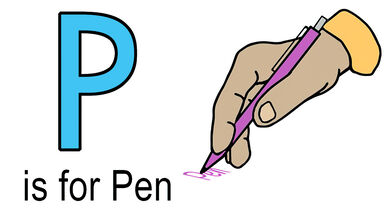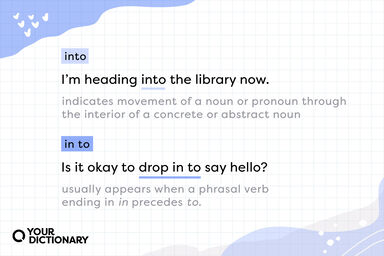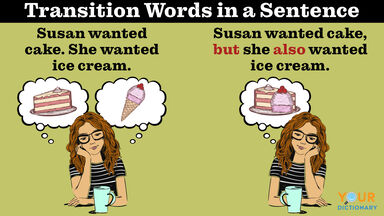Partial relief was sought in the continual issue of debased currency (beshlik, altilik and their subdivisions), of which the excess of nominal value over intrinsic value ranged between 33 and 97%, and finally paper money (kaime) which was first issued in 1839, bearing an interest of 8%, reduced in 1842 to 6%, such interest being paid on notes of 500 piastres, but not on notes of 20 or 10 piastres, which were issued simultaneously.
On the 31st of August of the same year a series of proposals upon the currency question was submitted to congress by the president, whose real object was to counteract the too rapid appreciation of the inconvertible paper money.
The success of the issue was undoubted, and, possibly, if the assignats had been restricted, as Mirabeau at first desired, to the extent of one-half the value of the lands sold, they would not have shared the usual fate of inconvertible paper money.
Finally, usage of paper money was restricted to the capital only, and in 1842 this partial reform of the paper currency was followed by a reform of the metallic currency, in the shape of an issue of gold, silver and copper currency of good value.
In 1851 further attempts were made to withdraw the paper money from circulation, but these were interrupted by the Crimean War, and the government was, on the contrary, obliged to issue notes of 20 and io piastres.
